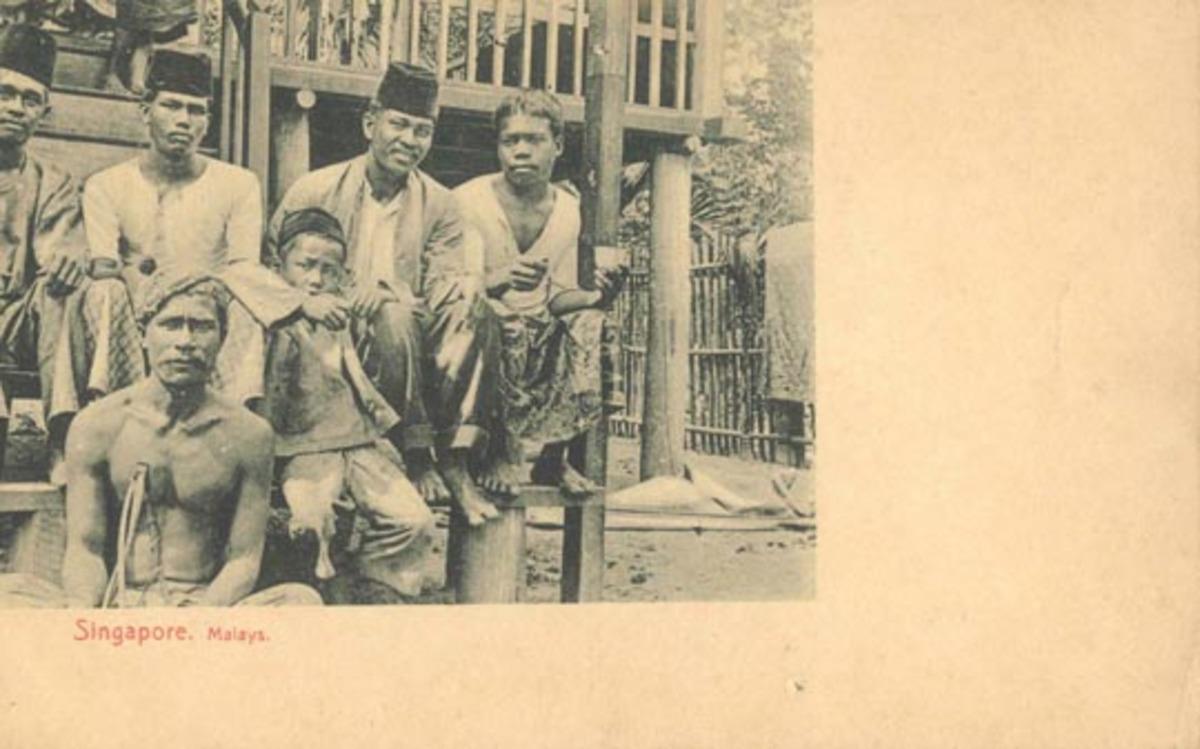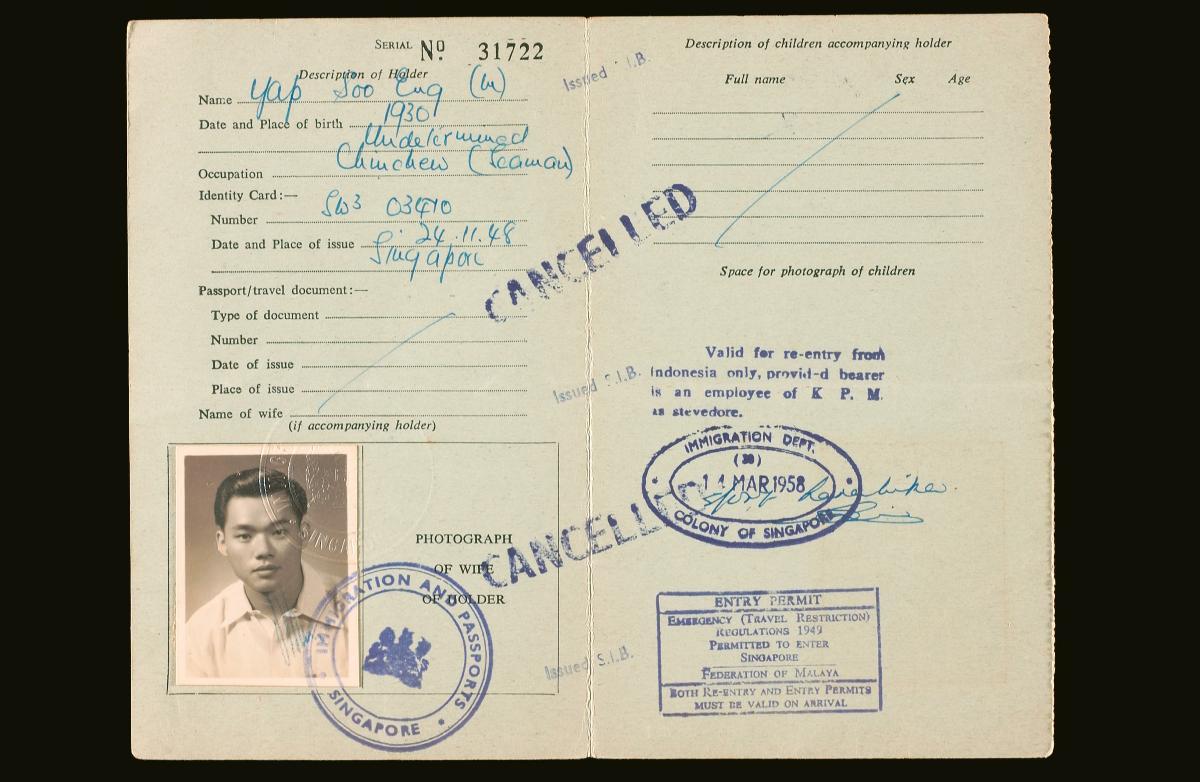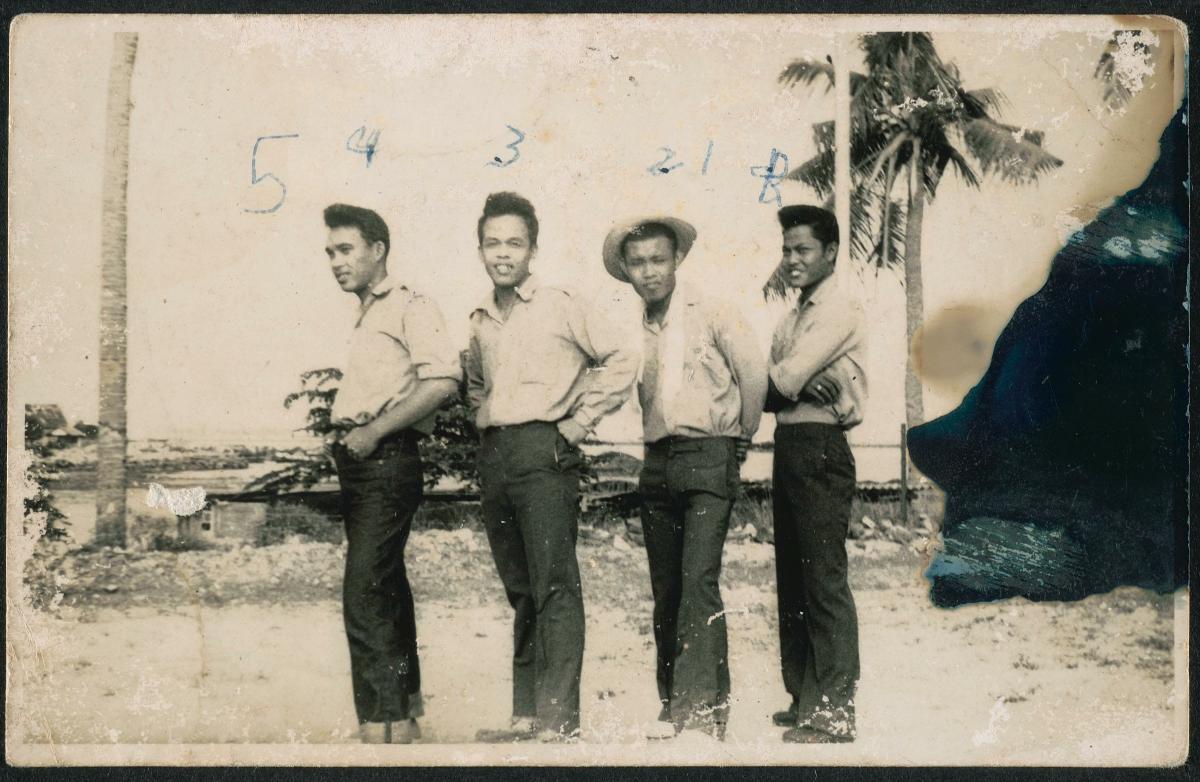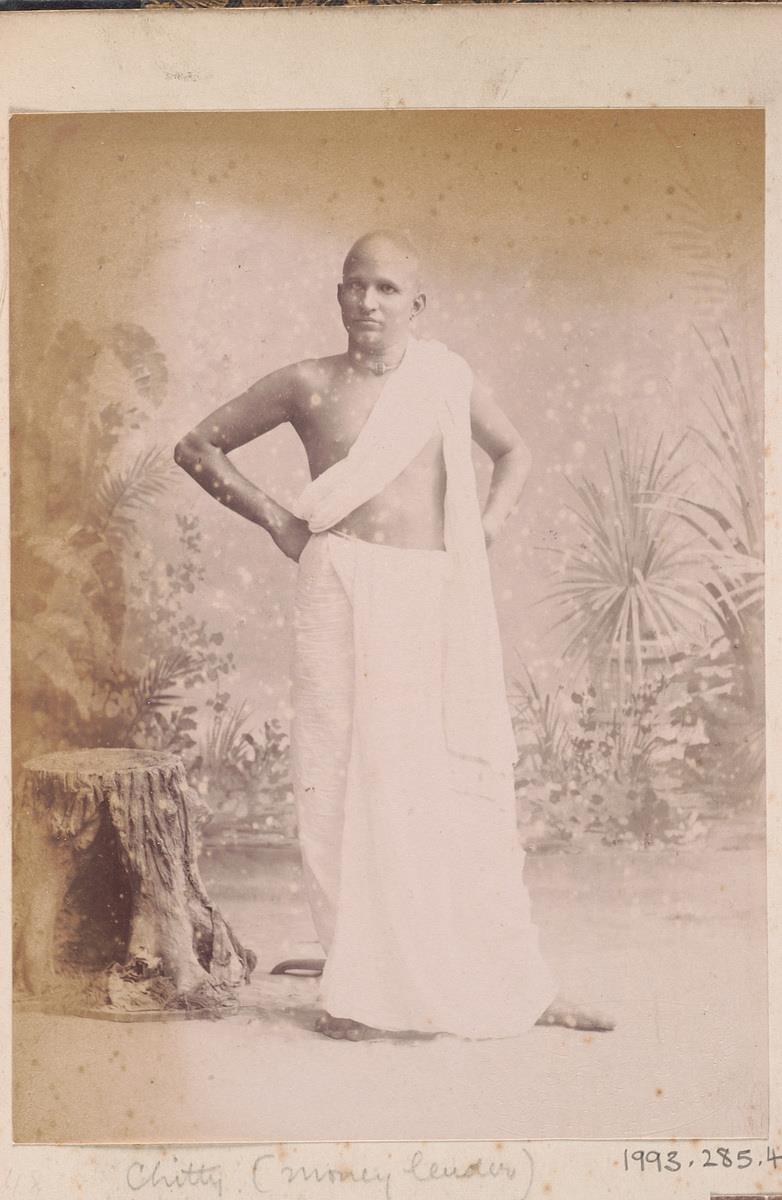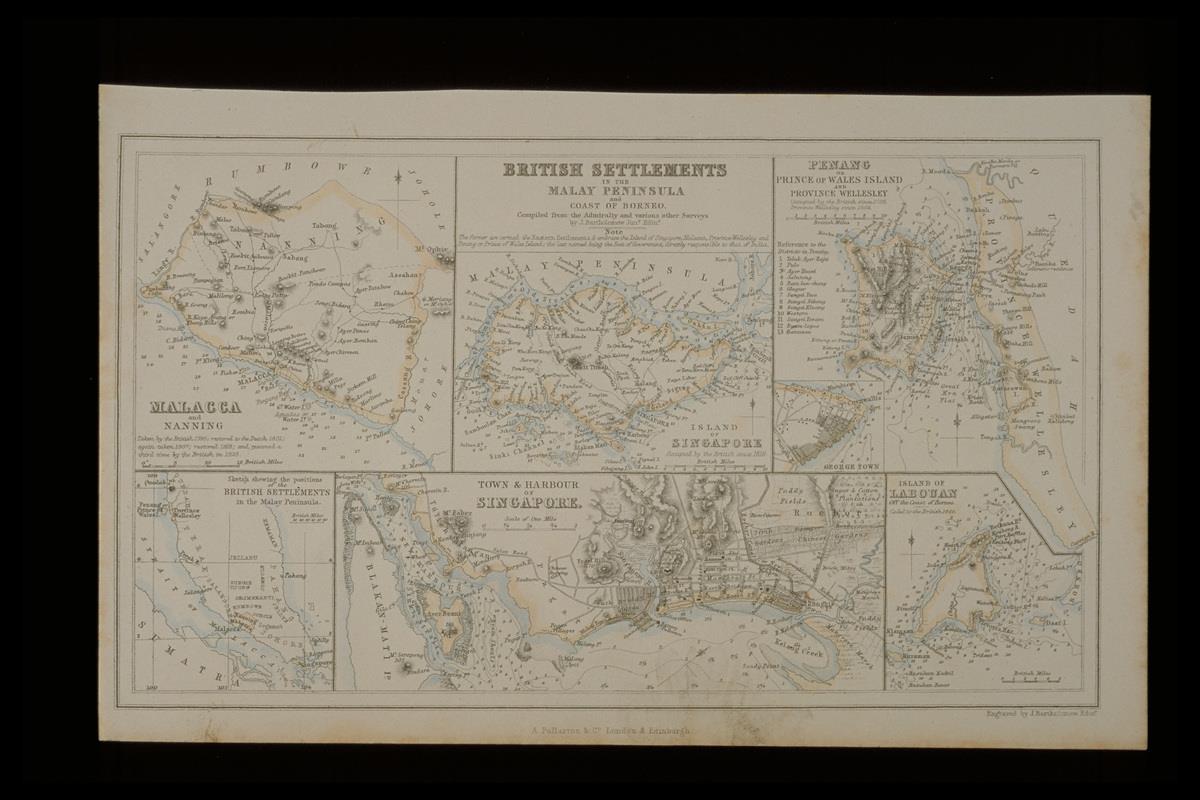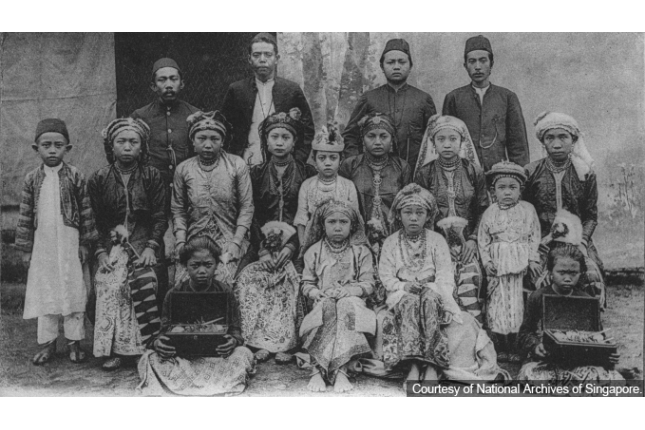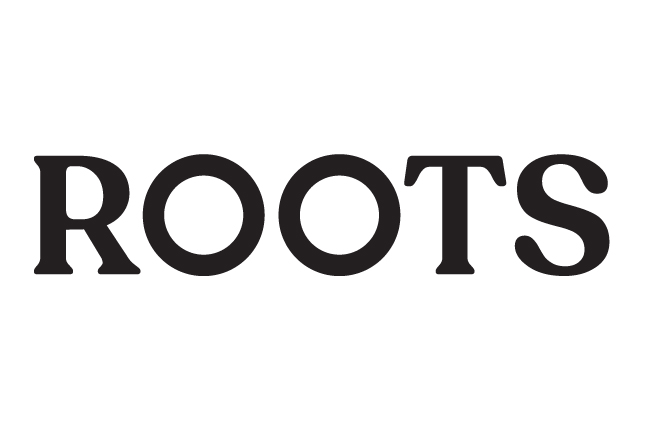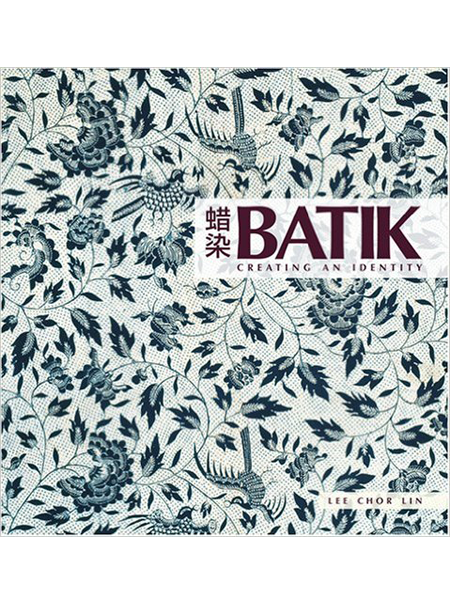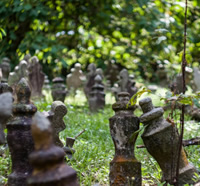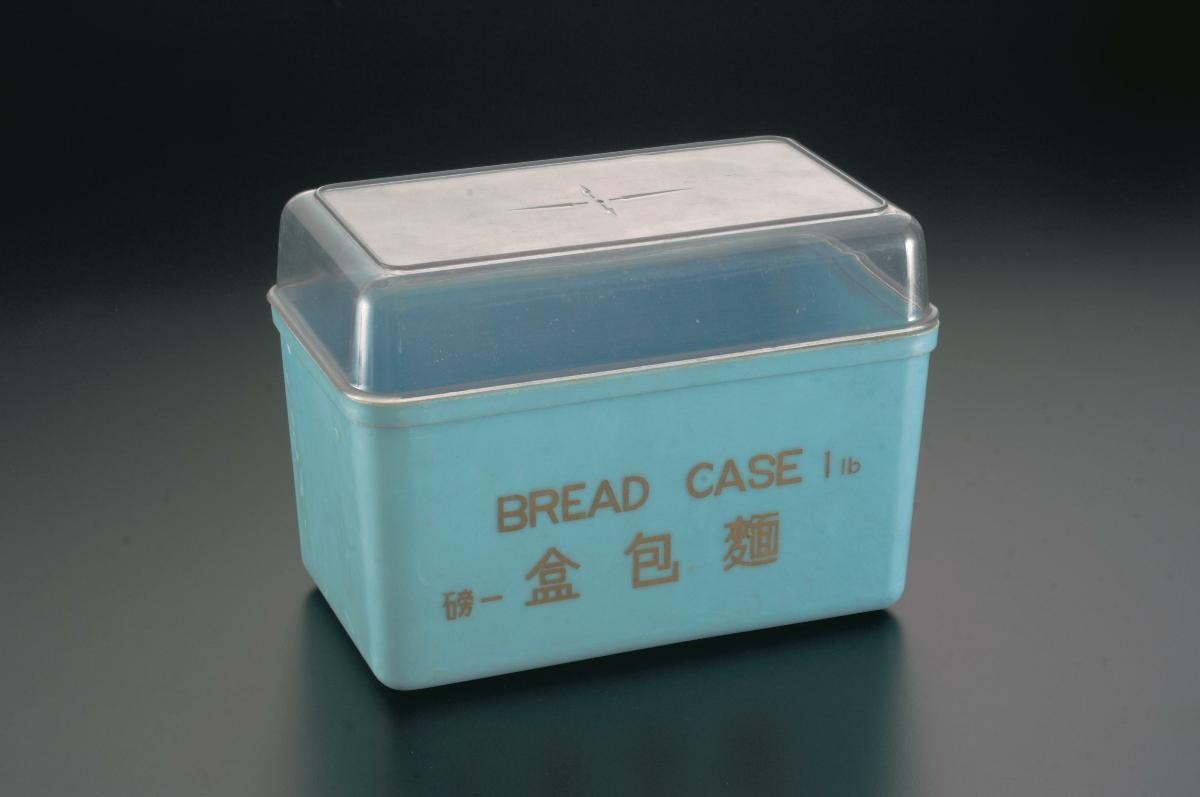The Malay community consists of many different sub-groups. Among the first of these groups to arrive were Tengku Hussein Shah's followers.
As Singapore prospered, it also attracted the Baweanese, Javanese and Bugis – ethnic groups from territories belonging to Indonesia today.
The Baweanese hailed from Bawean island while the Javanese, Central and East Java. The earliest Javanese migrants to Singapore were believed to have been craftsmen and merchants. From a small group of 38 in 1825, the Javanese population expanded to 8,541 between 1886 to 1890 when they were recruited en masse to work in plantations and mines in the region.

Collection of National Museum of Singapore.
Baweanese men viewed leaving home to work overseas a necessary rite of passage. They arrived in smaller numbers and later than the Javanese. In the early 1900s, they emigrated to Singapore in droves when the Dutch started imposing a tax based on the number of individuals living on Dutch territories.
The advent of steamships made Singapore a launching pad for the Hajj journey to Mecca. Pilgrims would often work here to fund their pilgrimage.

Collection of National Museum of Singapore.
The Bugis were a seafaring people who originated from Sulawesi. They were one of the first immigrants to arrive in Singapore, being able to trade more freely under the British than in Dutch-controlled territories.
A Day in the Pondok
When Baweanese immigrants arrived in Singapore in the 19th century, they lived in communal shelters called pondok. Life in a Baweanese pondok was peaceful, although never quiet. Its close-knit community came together particularly during Ramadan and Hari Raya.

Collection of National Museum of Singapore.
During Ramadan, families in the pondok would gather to break their fast, share food, stay up to pray and recite the Quran. At about 3pm, the girls would head to the mosque to collect bubur lambuk – a spiced porridge which was distributed to the public only at this time of year.
A week before Hari Raya, the pondok would be brimming with activity. Boys were called upon to help beat the batter for kueh bahulu and pound the peanuts required to make the peanut sauce for satay and ketupat – diamond-shaped rice cakes wrapped in wove coconut leaves. The Pak Lurah, or headman, would distribute money to each family so they could purchase ingredients to make kueh and cloth to make new bedsheets. Those who were talented at sewing would be tasked to sew new curtains for the pondok.
This money came from the monthly contributions pooled by the pondok’s residents. A trustworthy person appointed as bendahari, or treasurer, was in charge of money matters.
Shopkeepers visited the pondok to hawk their wares. An Indian man selling textiles, and a Chinese drinks seller who spoke fluent Baweanese were recalled to be hot favourites among the residents.




